Black Succulents? Do they exist? The answer is YES! There are some dark succulents that appear black, and you can grow them as well.
It’s important to understand that these black succulents are not entirely black but dark. Some are deep burgundy, and some are dark maroon or purple. They’re exotic and incredibly beautiful.
1. Black Rose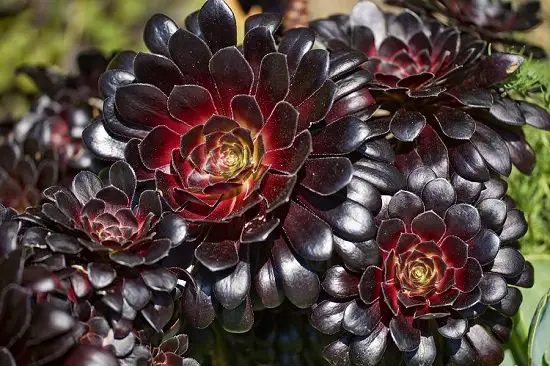
Scientific Name: Aeonium arboreum ‘Zwarktop’
The rosette of Zwarktop has a dark-purple shade with a waxy texture, giving it a shiny, black look and making it one of the best black succulents to grow. Its leaves turn dark when the plant is exposed to direct sunlight. So, if you want its foliage to turn deep black, grow it under the full sun.
Growing Tips:
- Fertilize the plant using 20-20-20 liquid fertilizer during springs.
- Water once a week during summers and reduce this rate during winters.
2. Black Hens and Chicks
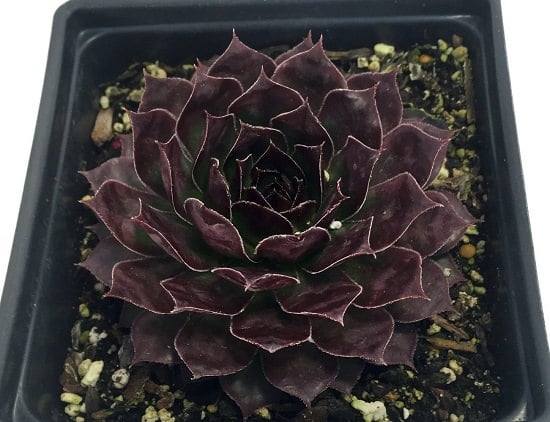
Scientific Name: Sempervivum ‘Black’
Ideal for infertile soil, Black hens and chicks are low maintenance. They produce clumps of tiny rosettes of green color with burgundy tips. During cold weather, their green leaves turn into a dark shade of purple and brown hue, looking black from a distance.
Growing Tips:
- Remove dead and decaying leaves time to time.
- Waterlogging can cause root rot, so water only when the topsoil becomes dry.
Also Read: 34 Colorful Succulents You Should Grow
3. Chinese Jade
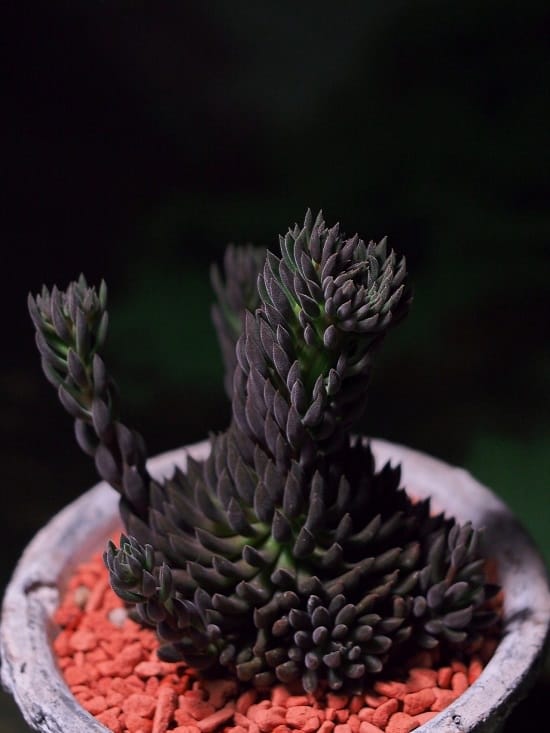
Scientific Name: Sinocrassula yunnanensis
The rose-like pattern of this plant has dark-purple to dark-green fleshy foliage, which looks almost black. It spreads quickly and forms clusters of small stemmed leaves. You can also propagate it from a leaf in containers.
Growing Tips:
- You can plant it alone or mix it up with other succulents to grow in the same pot.
- Excess water can kill this succulent, so water only when the soil turns dry.
Also Read: Four Basic Ways to Propagate Succulents
4. Haworthia Marxii

Scientific Name: Haworthia marxii
This slow-grower succulent has dark purple-green shade foliage that makes it look somewhat black. This rare and expensive plant can be propagated from offset, seed, or cuttings.
Growing Tips:
- Use a cactus mix or well-draining soil for this Haworthia.
- Reduce watering in winters.
Also Read: 27 Low Light Succulents That Grow in Dark
5. Anacampsros Purple Giant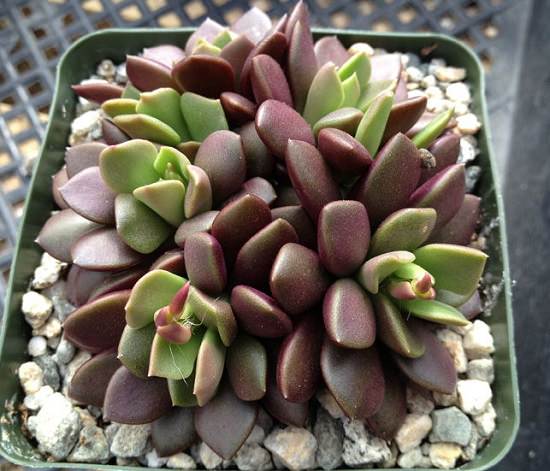
Scientific Name: Anacampseros retusa
This drought-tolerant perennial succulent produces attractive rosettes of dark purple-green leaves and white to purple color flowers. During winters, it becomes dormant in cold climates and does not require watering until the soil is bone dry.
Growing Tips:
- It does well in bright, indirect light with several hours of direct sunlight.
Also Read: 14 Best Succulents to Grow Indoors
6. Black-Spined Pricklypear
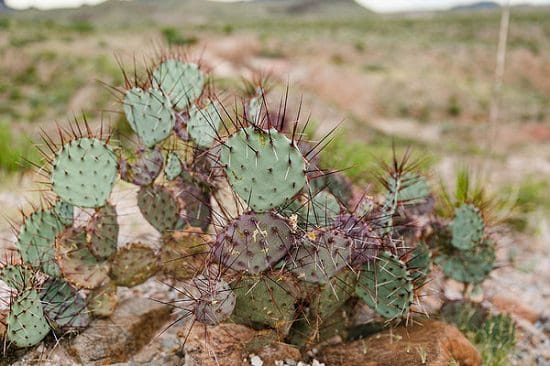
Scientific Name: Opuntia macrocentra
This bushy succulent consists of attractive fleshy and colorful pads. It has purple spines that turn into deep purple in stress, which looks black in color from a distance. This cold-hardy succulent can be up to 2-4 feet in height.
Growing Tips:
- It does well in both the full sun and part sun.
- Sharp spines can be dangerous for pets and children.
Also Read: How To Grow Prickly Pear Cactus
7. Echeveria Black Knight
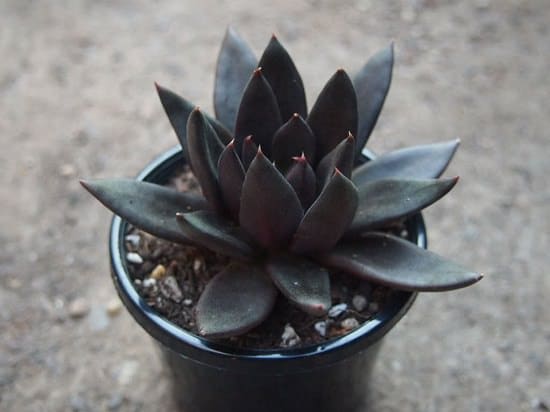
Scientific Name: Echeveria affinis ‘Black Knight’
Its fat, dark-purple leaves make this succulent look black. The plant is also known for producing coral-red blooms when grown in full sunlight.
Growing Tips:
- Save the plant from afternoon sunlight, especially in summers.
- Keep it in a warm spot.
8. Mexican Hens and Chicks

Scientific Name: Echeveria black prince
This Echeveria produces 3 inches wide rosettes of deep green color. But as it attains maturity, it turns to a deep, lavender brown color, looking like black.
Growing Tips:
- It doesn’t tolerate cold, so keep it indoors during winter.
- You can propagate echeveria through a leaf or cutting.
Also Read: Can Succulents Grow in Sand
9. Haworthia Nigra
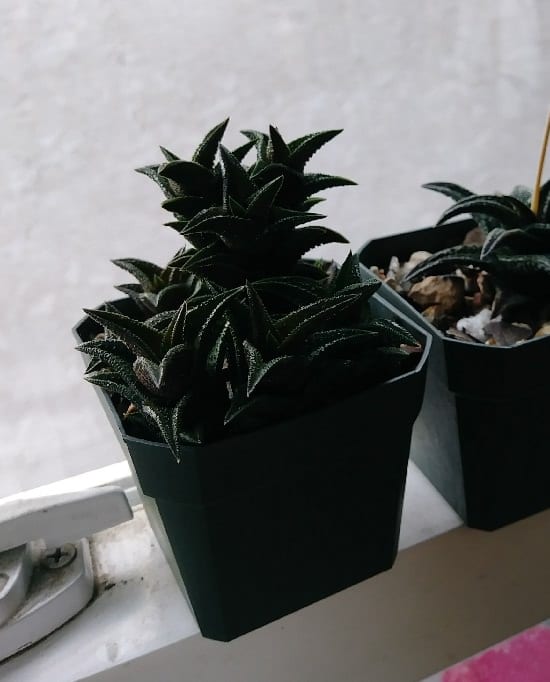
Scientific Name: Haworthiopsis nigra
Another type of Haworthia, it has rough dark green and gray leaves that look black. This erect succulent reaches up to the height of 4-inches. It is one of the best black succulents to grow indoors!
Growing Tips:
- Do not let this succulent sit in the waterlogged soil.
- It does well in partial sunlight.
Also Read: 20 Flowers that Look Almost Black


